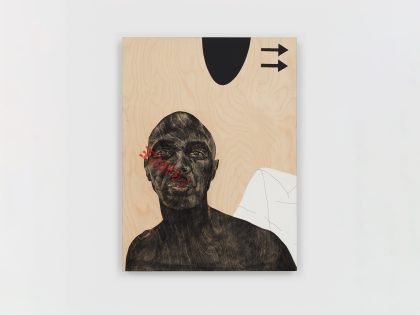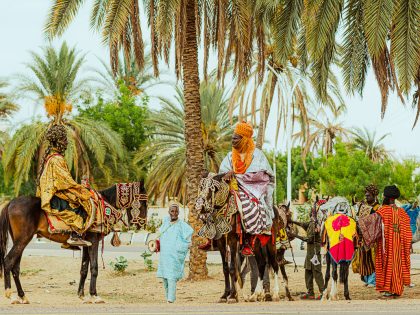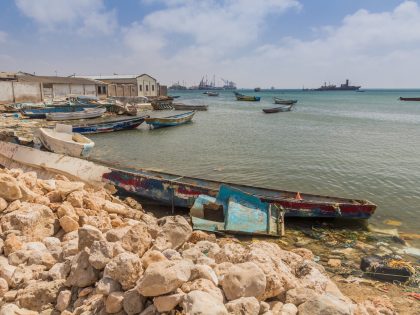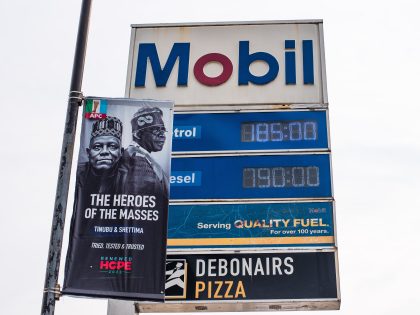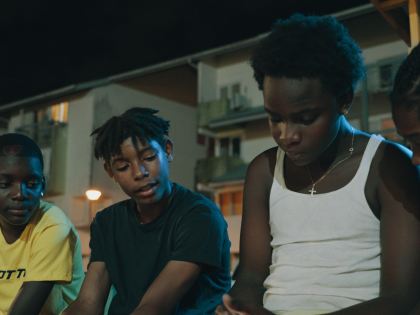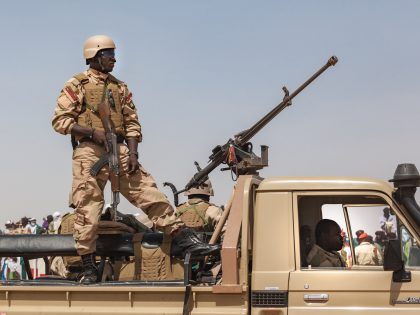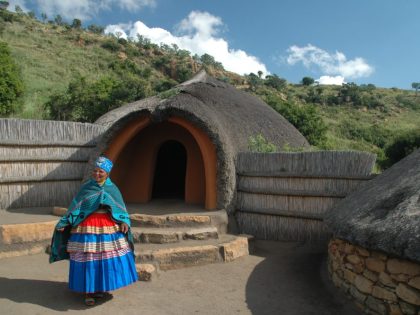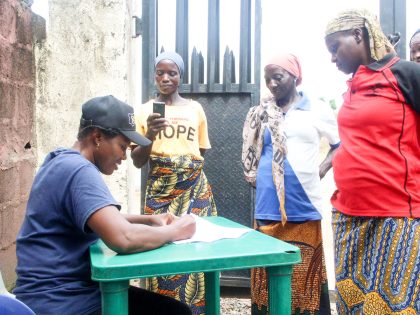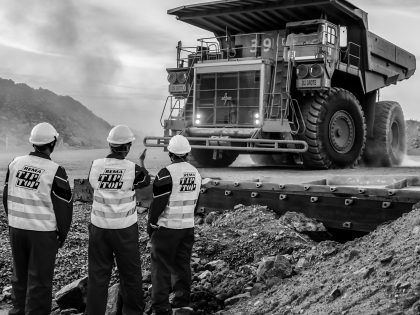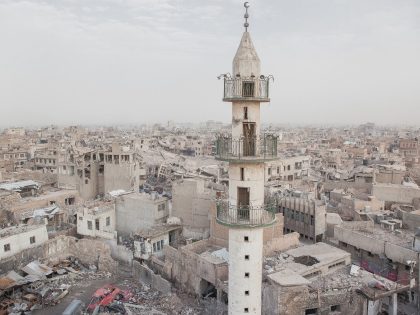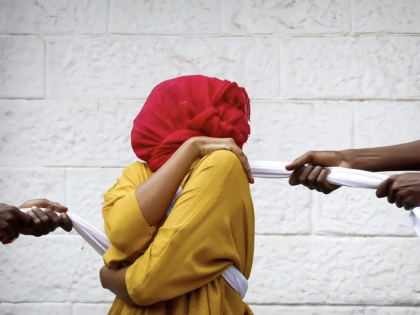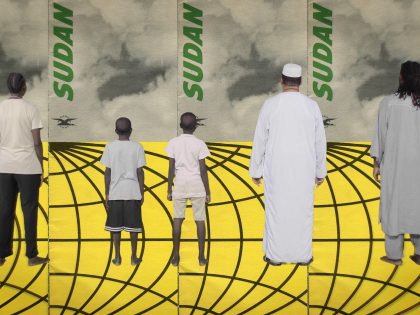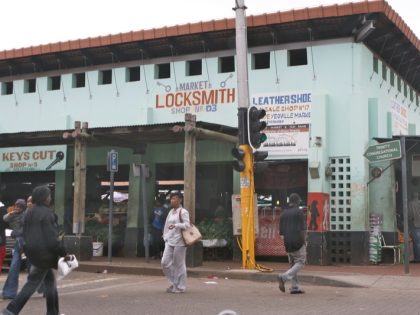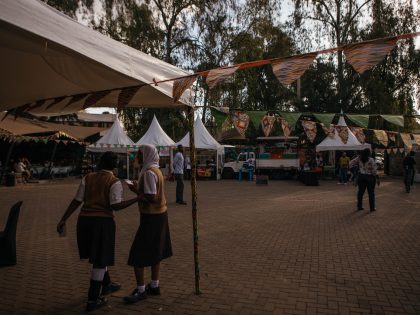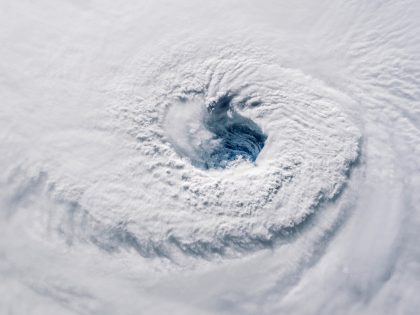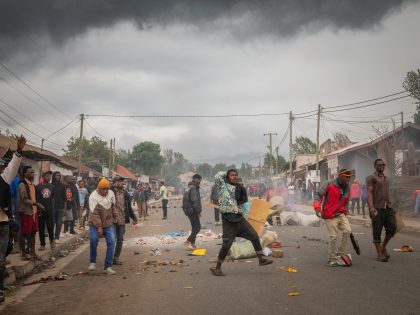The Photographs of Mary Beth Meehan
Mary Beth Meehan, an American photographer in the U.S. northeast photographs marginal people: immigrants and poor people, both black and white.

The room of a young immigrant from Cape Verde to the United States (Mary Beth Meehan).
In his 2009 anatomy of the financial crisis, “First As Tragedy, Then As Farce,” the Slovenian philosopher, Slavoj Žižek, noted that “it is a sign of the maturity of the US public that there have been no traces of anti-Semitism in their reaction to the financial crisis.” It remains impossible to generalize about the implications of the crisis for race relations, the positions available in America today – most invisible in the controversies surrounding the murder of Trayvon Martin case or the racist law against immigrants in Arizona – suggest that the application of identity politics to austerity-era politics risk masking the tensions between different economic classes with a false and distracting plurality. And yet the refusal to differentiate between the ‘99%’ is surely just as dangerous. Within this contradiction the true nature of race and class relations must lie.
The effects of the economic downturn forced Mary Beth Meehan, a photographer based in New England, to think about race relations. I spoke to Meehan on Skype, from the middle of a rainy London night as daylight flooded into her webcam, and we discussed the problems of representing life in an economic downturn. ‘I started to ask, what happened here? Everyone’s so sad. Everyone’s got someone to blame.’ In an ongoing series – “Undocumented” – Meehan has been photographing the undocumented residents of several cities. The premise of this project was explicitly political, she tells me, the result of thinking about ‘the way people are dehumanized.’ Frustrated by the limitations conservatives enforced in the representation of those who Arizona State Senator Russell Pearce described as ‘drug smugglers, human smugglers, gang members and child molesters,’ the photographer started to wonder how she could ‘use the medium to contribute something more three-dimensional and humane to this horrible conversation.’
New England, Meehan tells me, has ‘a rich immigrant history,’ which is of course ‘ongoing’. Growing up with Italian and Irish roots in Brockton, Massachusetts, ‘it was a predominantly white and working-class place whose roots are in Western Europe.’ More recently she has watched the racial character of the city change, and seen ‘the old and new clash.’ ‘Witnessing the city decline,’ she adds, ‘the blame [for that] is completely displaced.’
Previous projects have included research into the working-class Italian and Irish communities which populate Brockton, Massachusetts, the city where the photographer was born. The initial subjects of the series were people she met through the bilingual charter school her son attends, and people she knows from previous work in immigrant communities. Many are from Spanish-speaking countries such as Guatemala, Mexico, El Salvador and Columbia, some from Cape Verde and Guinea-Bissau. Later she gave speeches in classes for English as a foreign language and encouraged students to contact her.
She circumvented the first problem, of representing her undocumented subjects without exposing them to adverse attention, by photographing the places in which they live. The result of this is a peculiar attention to the dimensions and decoration of rooms and the objects with which they are populated. These things carry an especial significance in the life of those who, she tells me, ‘come for a vacation then never go home.’ There is a visible tension between objects brought from the subject’s country of origin and those accumulated in America. The rooms are often indifferent to their subject, the interiors of temporary residences which lack conscious attention, and here lies what the photographer identifies as ‘an interesting paradox: they are off-camera but their presence is so palpable.’
Meehan conducted interviews with the subjects, and rotating text from these was projected onto the walls of the Rhode Island Community College, when the photographs were exhibited there. ‘You’re hearing this testimony,’ Meehan says, ‘not only the mechanics, how you make do, how you get paid, what street you go to for the permit etcetera.’ The psychological underpinnings of emigration are evidence in the work itself; ‘the interviews happened after the photography. The photography was its own relationships of negotiating.’
‘In some cases I visited classes for English as a foreign language made speeches.’ Meehan encouraged the students to contact her anonymously. ‘So those conversations and those steps, negotiating my entry, framed my experience with the person, and got me in the rooms. Once I was in the rooms my concerns were really aesthetic ones. The pictures which were most successful come together on those levels, come together aesthetically in terms of the emotive quality of a space.’
With her most recent project, Meehan turned her attention back to Brockton. “City of Champions” – twelve large-scale portraits of residents hung on public buildings in the downtown area – takes its title from the city’s nickname, which refers to the fact that it is the hometown of the boxers Rocky Marciano and Marvin Hagler. The sincere ironies which the name implies are embodied in the image of Turon Andrade, a young boxer of Cape Verdean origin, which has been hung high on a shabby building next to a poster of the two champion fighters which declares ‘Welcome to Brockton’, a juxtaposition which somehow does justice to Meehan’s complex vision of the city.
Most of these images seem to offer their insights – and participate in an overarching argument about present-day and historical Brockton – without any accompanying text.
One image is an exception: “A nurse shot in her doorway in the middle of the night shows the scars from the bullet and subsequent surgeries. Her attacker had awoken her by pounding on the door, but had mistaken her house for that of the person he was trying to kill.”
The eye is especially sensitive to the way bodies are represented in the rest of the image: smartly-dressed white police officers prepare for the mayor’s inauguration; two women hold each other at the funeral of a 15-year-old boy shot after a row over a video-game; a hooded figure at a downtown homeless camp; the exposed midriff of a woman on Main Street; a woman contorted in prayer against the pew of a Haitian church; cheerleaders of the New England Patriots finger their hair on a windy day; the photograph on the wall of a tailors showing Rocky Marciano punching Jersey Joe Walcott in the face.
In another photograph, former undisputed world middle-weight champion ‘Marvelous’ Marvin Hagler appears, talking to veteran trainer Bill Connolly.
Boxing, which has for centuries offered a form of social mobility to members of the dominated classes, is a peculiar example of how the class structure invites individuals to participate in violence to escape the deprivations of city life. The sport, in which members of the working-classes possessing a particular form of bodily mobility – graceful footwork and devastating upper-body strength – sacrifice the right to state protection from attack in exchange for a promised escape from poverty. As a portrait of Brockton, these images present a diverse group of bodies, forced into a variety of different postures by the demands of life and work in the city.
In an interview with The New York Times, Meehan admits that the narrative of the city she heard as a child was “The blacks are ruining my city.” This project presents a narrative vastly more complex, and her website describes the project as one aiming to understand ‘the contradictions [which] embroider life in a once-proud American city some people call “dead.”’ This is also a modest proposal for arts in cities suffering an economic downturn, and Meehan notes that ‘cities who have experienced this decline realize engaging artists is a way of revitalizing them.’ She asks about race tensions in London and I mention the riots which happened here last August. ‘There’s nothing that overt,’ she replies, ‘but it does raise the question why isn’t the community more integrated? Why don’t these people run for office?’ This summer she is working with high-school photographers and a historian of modern African history, talking to the students about how they represent an extensions of this history, and the history of New England. Meehan doesn’t know if there are more photographs to be taken (by her) in Brockton, but there are plans for the students’ images to go up around the city, and she hopes that the project will become an annual installation. We certainly hope so: these are photographs of a city worth living in.



